Galapagos Islands: History, Maps, Facts, Activities And More
Are you searching for an adventure? We know finding the perfect place is hard. The Galapagos Islands stand out with their unique ecosystems and diverse wildlife. In this article, we dive into everything about these islands, from maps and history to wildlife and activities you can enjoy.
The Galapagos Islands are a group of volcanic islands filled with rare animals and plants. Famous scientist Charles Darwin visited here long ago. His visit helped him create his theory of evolution.
You’ll find creatures that live only here, like marine iguanas, giant tortoises, and blue-footed boobies. The islands have strict conservation efforts to protect their unique nature.
For adventurers, there’s a lot to do. You can snorkel with sea lions, hike on ancient volcanoes, or see giant tortoises up close.
Each island has its own magic. For example, Isabela Island has six volcanoes! Fernandina Island is known for its flightless cormorants.
Santa Cruz Island offers research opportunities at the Charles Darwin Research Station. San Cristobal Island gives visitors a chance to learn about local history.
Galapagos National Park covers most of the area. It works hard to keep the islands safe for future generations.
Looking around these islands feels like stepping back in time or entering another world where animals aren’t afraid of humans – it’s incredible!
So why wait? The Galapagos Islands offer an unforgettable experience where nature rules supreme!
Important facts
- The Galapagos Islands sit 600 miles off Ecuador and are home to animals like giant tortoises and blue-footed boobies. Charles Darwin’s visit in 1835 helped him form his evolution theory.
- The Galapagos National Park and UNESCO World Heritage Site work hard to keep the islands’ ecosystems safe. The Charles Darwin Research Station on Santa Cruz Island is key in these efforts.
- Tourists can snorkel with sea lions, hike on old volcanoes, kayak around stunning coasts, and scuba dive with colorful marine life in a remarkable setting.
- Invasive species, overfishing, and climate change pose risks to the islands. There are ongoing actions to save their unique species.
- Saving the Galapagos Islands’ wildlife and habitats is crucial for future generations. Everyone can help protect this untouched environment by being aware of threats and supporting conservation projects.
Quick details
We share exciting facts about the Galapagos Islands, a place of adventure and discovery.
- The Galapagos Islands consist of 19 islands spread over 17,000 square miles.
- They are located 600 miles off Ecuador’s West coast.
- Spanish explorers found the islands in 1535.
- Giant tortoises that can live more than 100 years named the Galapagos.
- The islands are home to about 127 fish species, with 80% not found elsewhere on Earth.
- At Santa Cruz Island, the Charles Darwin Research Station protects this unique environment.
- In 1978, UNESCO made the islands a World Heritage Site for preservation.
- Annually, around 200,000 visitors explore the wonders of the Galapagos.
- You’ll see marine iguanas and blue-footed boobies among other unique animals here.
- The surrounding waters form a marine reserve rich with creatures like whale sharks and colorful fish.
- Charles Darwin’s visit in 1835 inspired his theory of evolution by natural selection.
- Efforts to conserve endemic species and their habitats against threats continue today.
Our duty is to safeguard these enchanting islands for future generations.
Overview of the Galapagos Islands
The Galapagos Islands sit in the Pacific Ocean, off Ecuador’s coast. These islands are home to unique wildlife and rare plants, all surrounded by beautiful blue waters.
Location and Geography
We’re off to the Galapagos Islands, far from Ecuador’s coast. This place has 19 islands with cool spots like Isabela and tiny ones like Baltra. Every island is different, showing off sandy shores or wild lava rocks.
Our adventure shows us lands that feel untouched by time, 600 miles from mainland Ecuador. We walk on ground made by old volcanoes. Española Island has smooth hills and clear waters.
Genovesa Island surprises us with big cliffs.
Exploring here is like stepping back in time. We climb rocky paths and follow shores, amazed by the stories told by rocks and cliffs—stories of our Earth changing shape silently over years.
Visiting towns like Puerto Ayora adds to what we learn about this place’s amazing nature.
Each visit here adds something new to what we know about how incredible nature can be.
A Map of the Galapagos Islands
The Galapagos Islands are a group of 19 islands in the Pacific Ocean, 600 miles west of Ecuador. They cover over 17,000 square miles. Among these islands, Floreana Island and Isabela stand out for their beauty and history.
The islands boast volcanic landscapes and rare animals like the Galapagos penguin on Fernandina Island.
We sailed around North Seymour and walked on Santiago Island. Each island offers something different. The maps also highlight small islets home to marine life and birds such as the waved albatross.
For those who love snorkeling or kayaking, these waters are full of yellow-fin tuna. You might also see sally lightfoot crabs on pristine shores.
Now we’ll talk about why these islands have so much unique wildlife that will surprise you.
Unique Wildlife
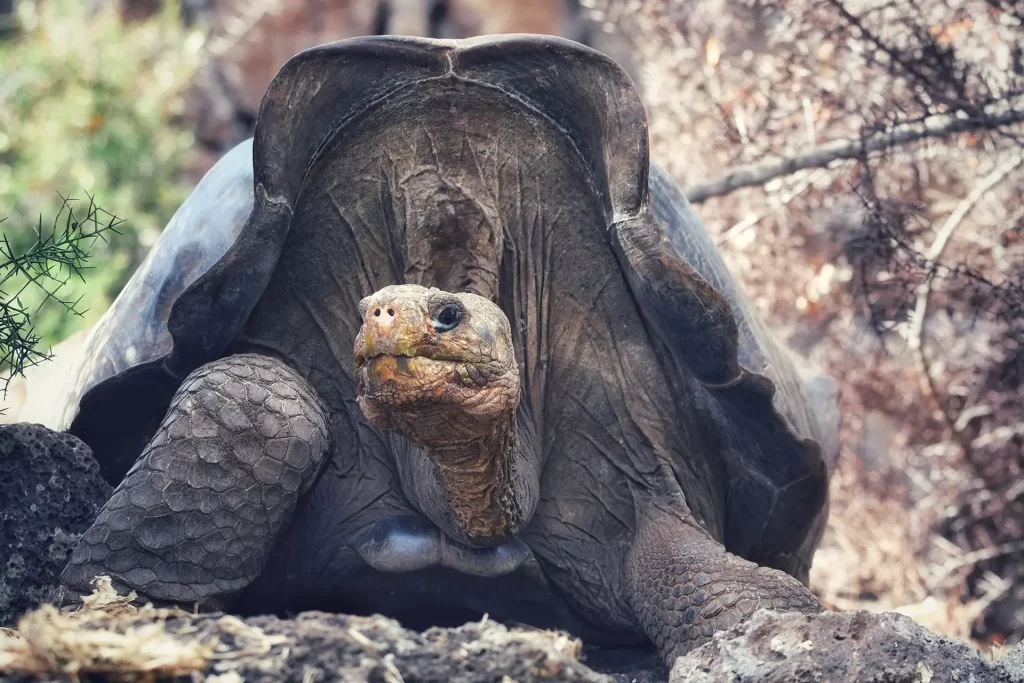
Giant tortoises capture our attention. Sea lions and blue-footed boobies make us grab our cameras. Galapagos penguins diving into the water bring smiles to our faces. These islands are home to unique creatures, with more than 127 species of endemic fish.
Every step here shows us something new. A quarter of the marine animals we see can’t be found anywhere else on earth. Snorkeling turns into an adventure. We spot Darwin’s finches, and watch Galapagos hawks fly above us.
Our love for wildlife grows with each encounter.
The Marine Reserve
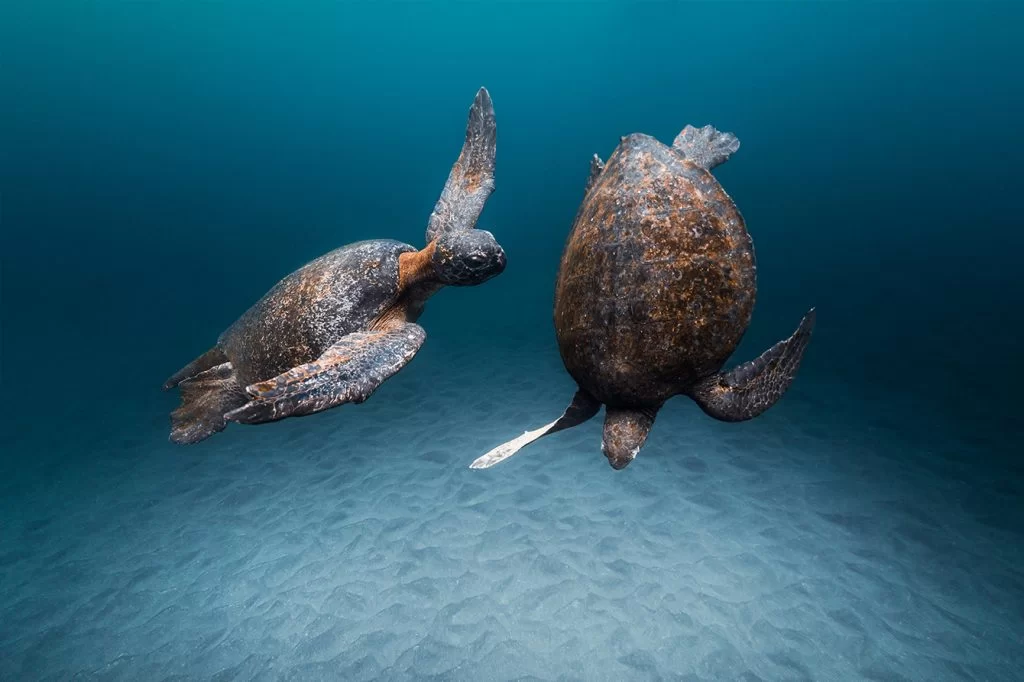
The Galapagos Marine Reserve is huge, covering 133,000 square kilometers. It became a protected area in 1998. This place is home to many sea animals like sharks, rays, and turtles.
We get the chance to swim close to these amazing creatures.
Galapagos keeps its natural beauty because fishing here is very controlled. While snorkeling, we see lots of fish and corals. Scuba diving brings us even closer to big sea animals, including whale sharks and large schools of scalloped hammerheads.
The reserve helps protect marine life by being a safe spot for them to live and find food. This protection is important for keeping the ocean healthy now and for future times too. Swimming here makes us feel part of something big and special.
Geological Activity
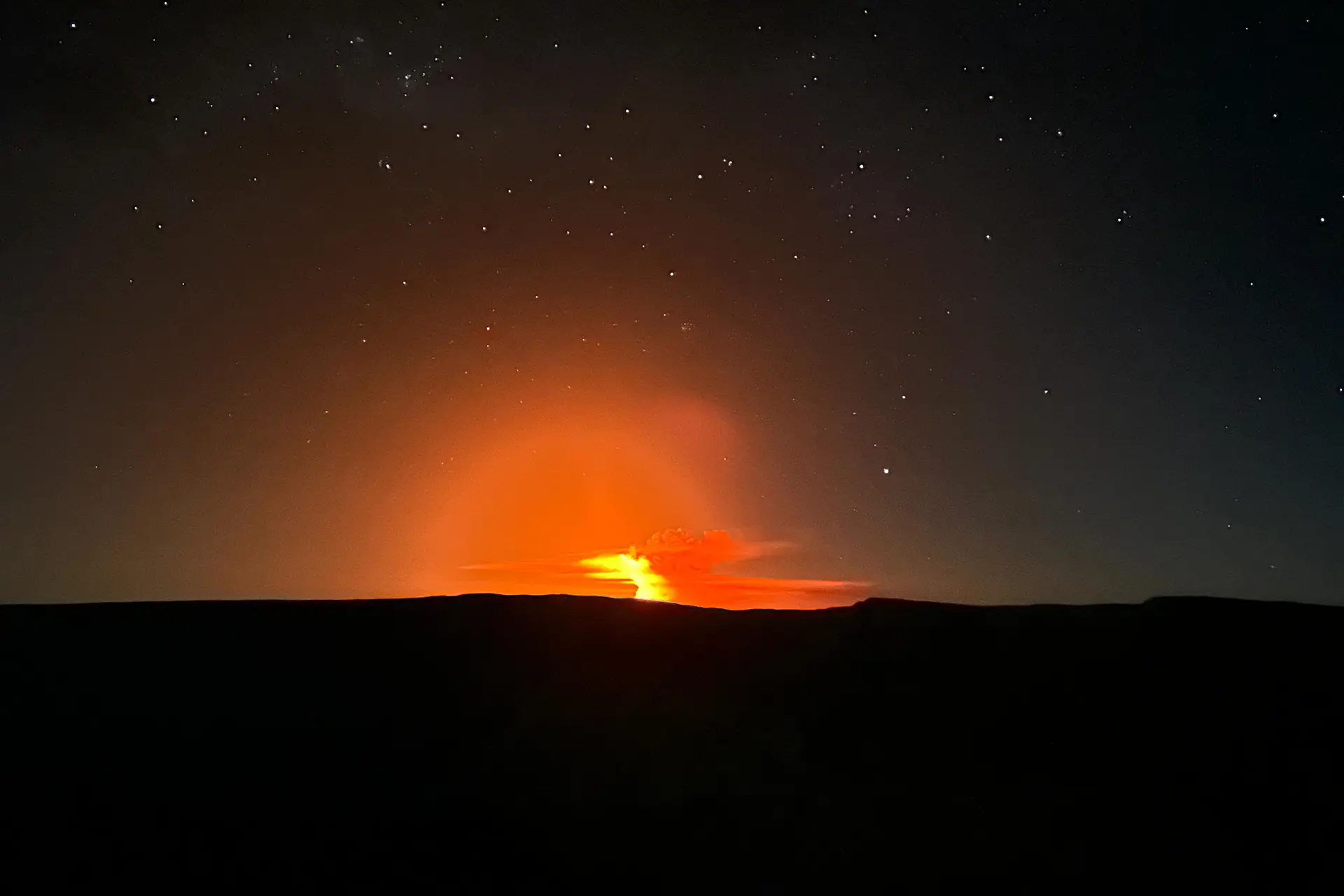
We explore the marine reserve and then see something amazing. Galapagos sits where three tectonic plates meet. This spot is full of volcanic activity. Eruptions happen often, making new landscapes.
We see smoke from craters on our walks. This tells us the earth below us is moving and changing. It’s a reminder of nature’s power.
Standing on ancient lava flows, looking at steam vents shows how Earth changes all the time.
This constant change creates homes for rare species. It adds to the diversity we see around us. Isabela Island has six volcanoes by itself! Fernandina Island also has a history of eruptions.
These natural events help make Galapagos a key place to learn about life on Earth.
The Weather
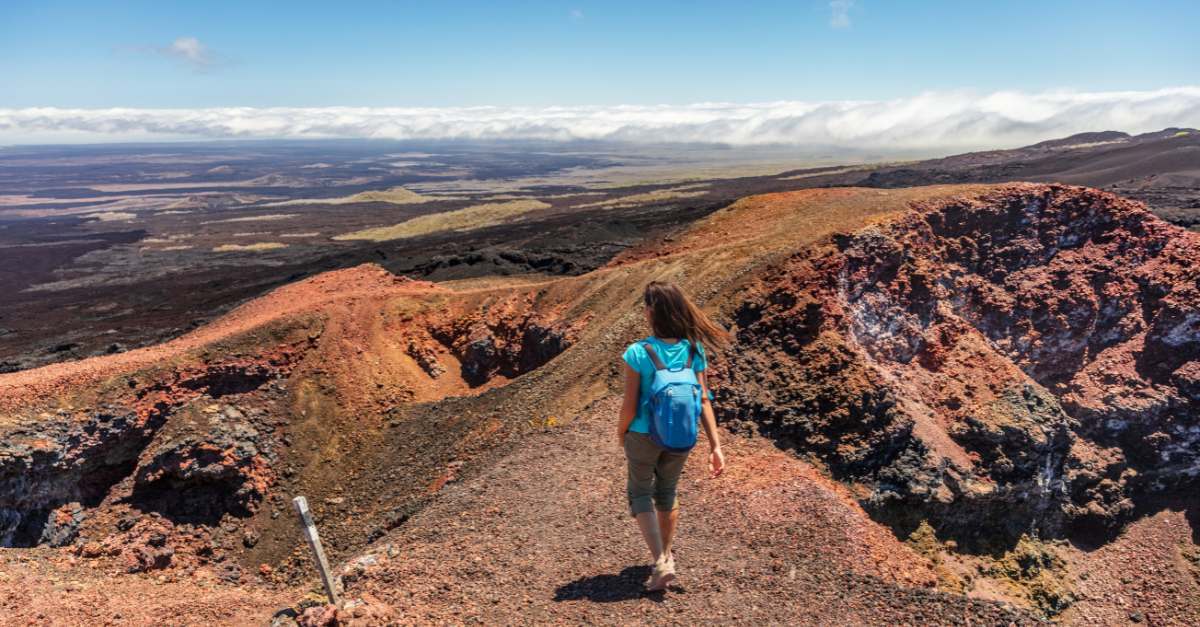
Visiting the Galapagos Islands is great because of the weather. It’s nice all year round. Sunny days are perfect for trekking on North Seymour Island or snorkeling near Floreana Island.
We enjoy both the warm and cool seasons. The sea changes, making kayaking by Isabela Islands fun anytime. Even with clouds, seeing endemic wildlife against misty volcanoes is magical.
Activities in the Galapagos Islands
We explore the Galapagos Islands for unforgettable adventures. Hiking, swimming, paddling, and diving show us worlds of vivid sea life and ancient paths.
Trekking
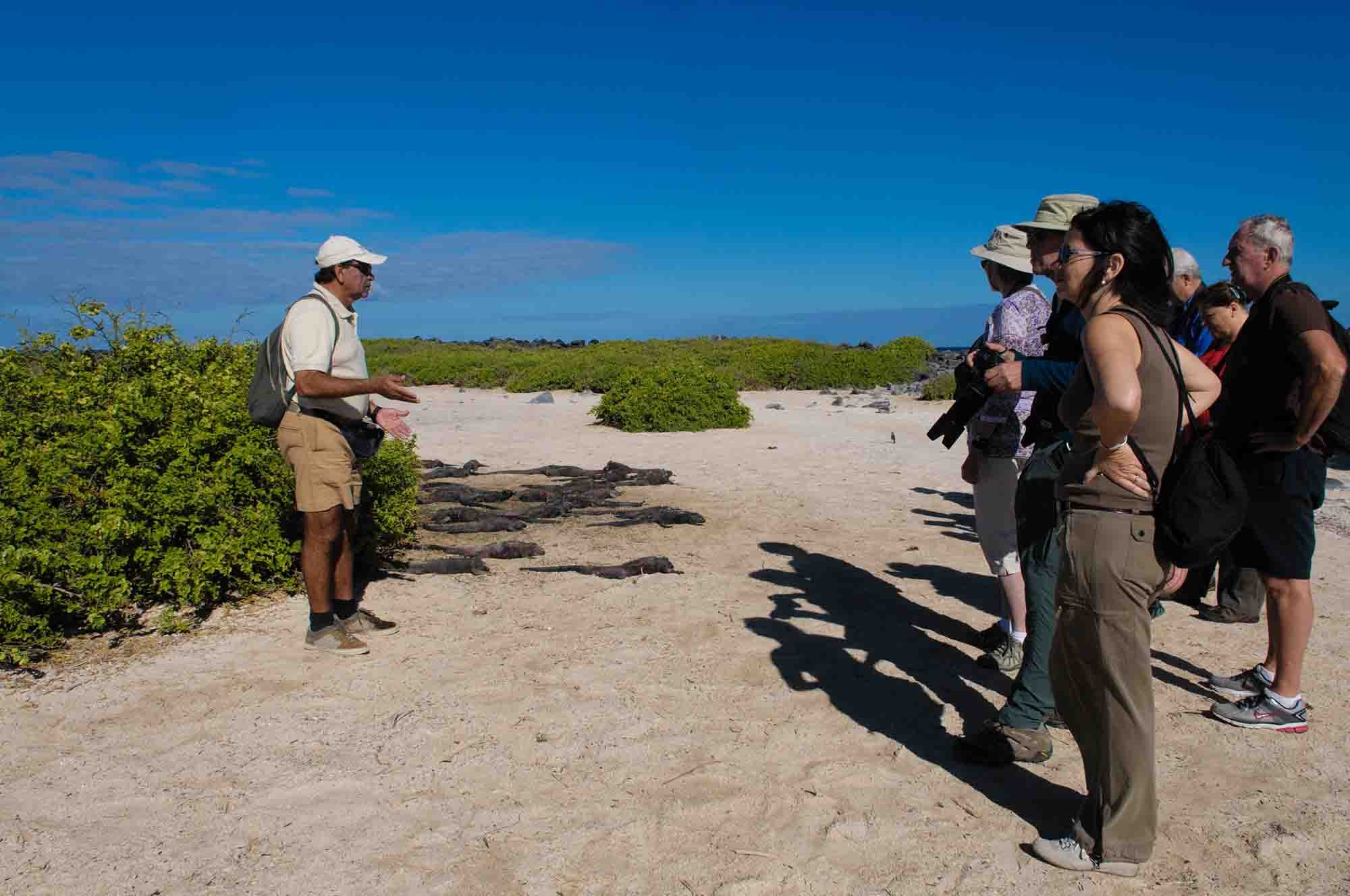
Walking through the Galapagos Islands, we step back in time. These islands are a living lab where unique species evolved away from the rest of the world. Our paths cross those walked by Charles Darwin, who developed ideas here that changed how we see life on Earth.
We walk across diverse landscapes—from Baltra Island’s dry ground to the lush greenery of Puerto Baquerizo Moreno. Each place offers new discoveries and challenges.
While hiking, we learn about conservation. The Galapagos teach us to respect and protect nature’s balance. This UNESCO World Heritage site is home to wildlife found nowhere else—like marine iguanas on volcanic rocks and colorful birds flying above.
Snorkeling
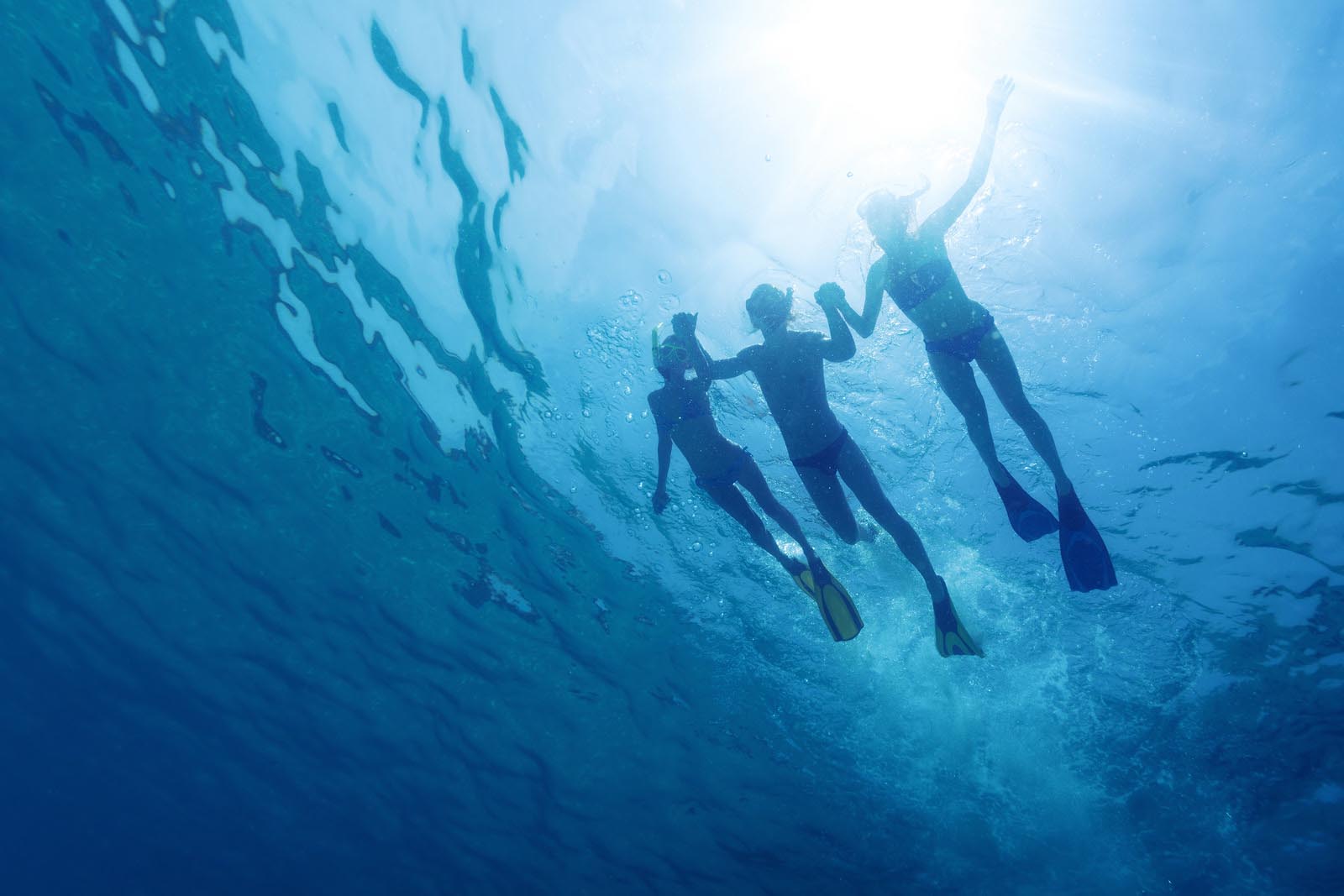
Snorkeling in the Galapagos Islands, we swim with sea lions and see marine iguanas up close. The clear waters let us observe many species below the surface.
Here, every creature helps keep the ecosystem balanced. We see colorful fish, albacore, and skipjack tuna in their natural habitat. This place shows how right Charles Darwin was about species changing over time after his visit.
We bring masks, snorkels, and fins to explore underwater. Each time we dive, we understand why it’s important to protect these habitats. Future generations should also experience this beauty.
Kayaking
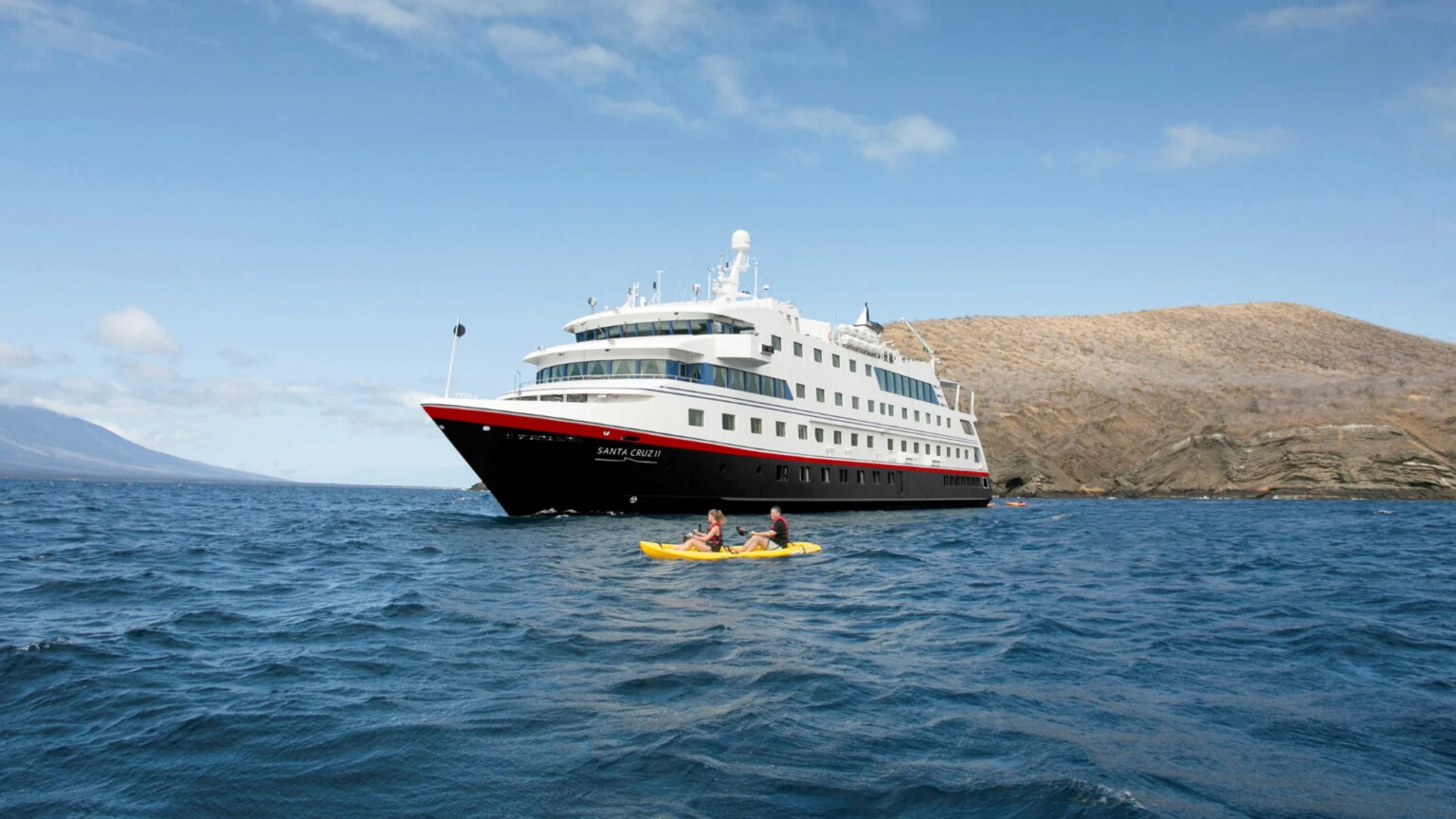
After snorkeling, we start kayaking in the Galapagos. Kayaking shows us a new view of the islands. We move over clear waters and meet sea turtles and sea lions up close. The coasts of these islands give us special views.
Kayaking is fun because it mixes adventure with watching animals. While paddling, we see marine iguanas on rocks and birds flying above. It’s like being in a living laboratory of species diversity.
This place shows how theories about species origins and evolution came to be.
Scuba Diving
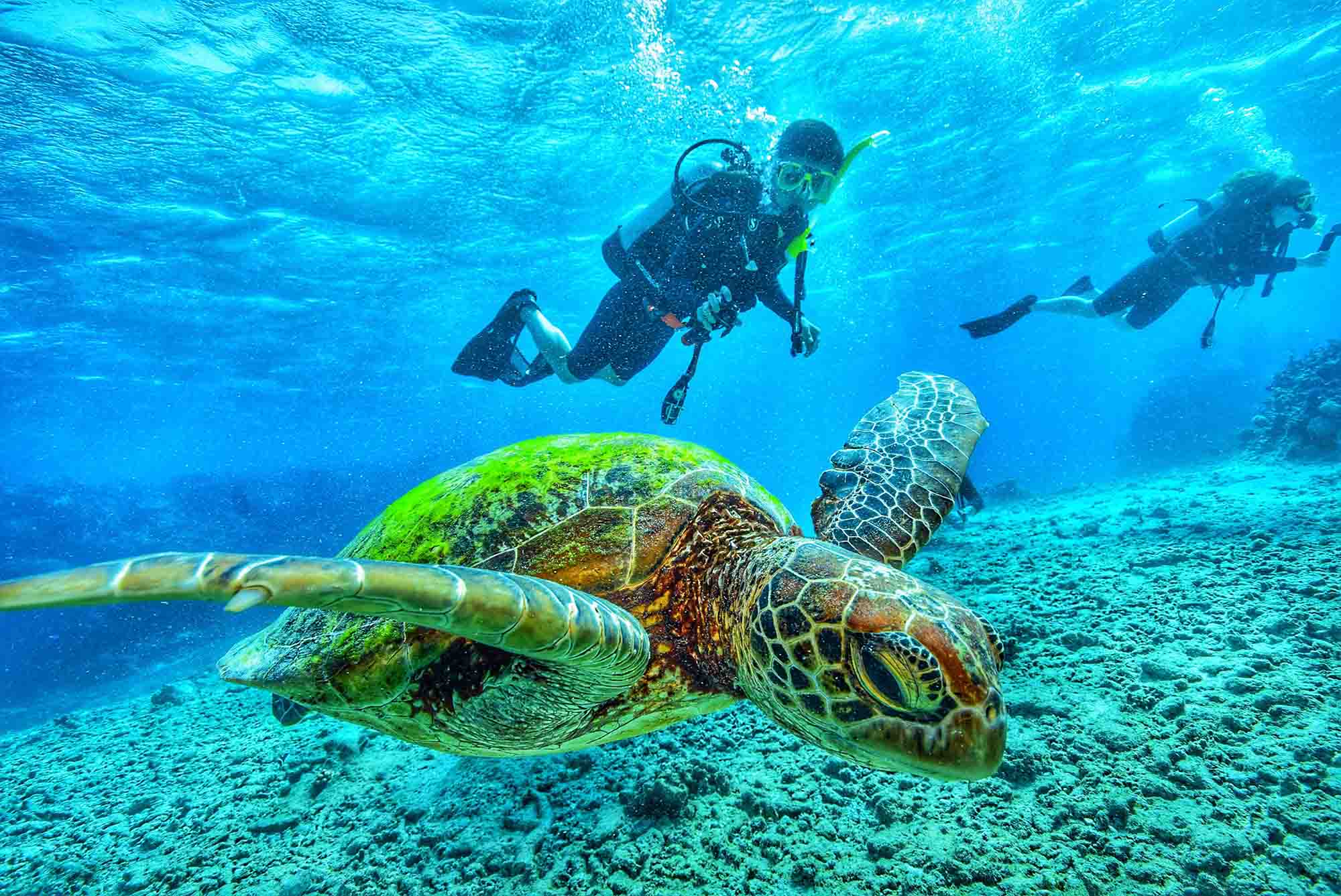
Kayaking through calm waters leads us to our next adventure, scuba diving in the Galapagos Islands. We get to swim with many marine species here. The islands are at the meeting point of three ocean currents.
This makes a perfect home for creatures like hammerhead sharks, whale sharks, and lots of fish.
“The Galapagos Islands – dive into a world unknown.”
Each dive spot in the archipelago has its own magic. Manta rays glide gently and sea lions zip by. Diving here lets us see animals from natural history stories about the origin of species or transmutations of species by experts like Charles Darwin.
It’s about being part of their world, seeing how they behave, and admiring nature’s work around volcanically shaped landscapes underwater.
Historical Significance
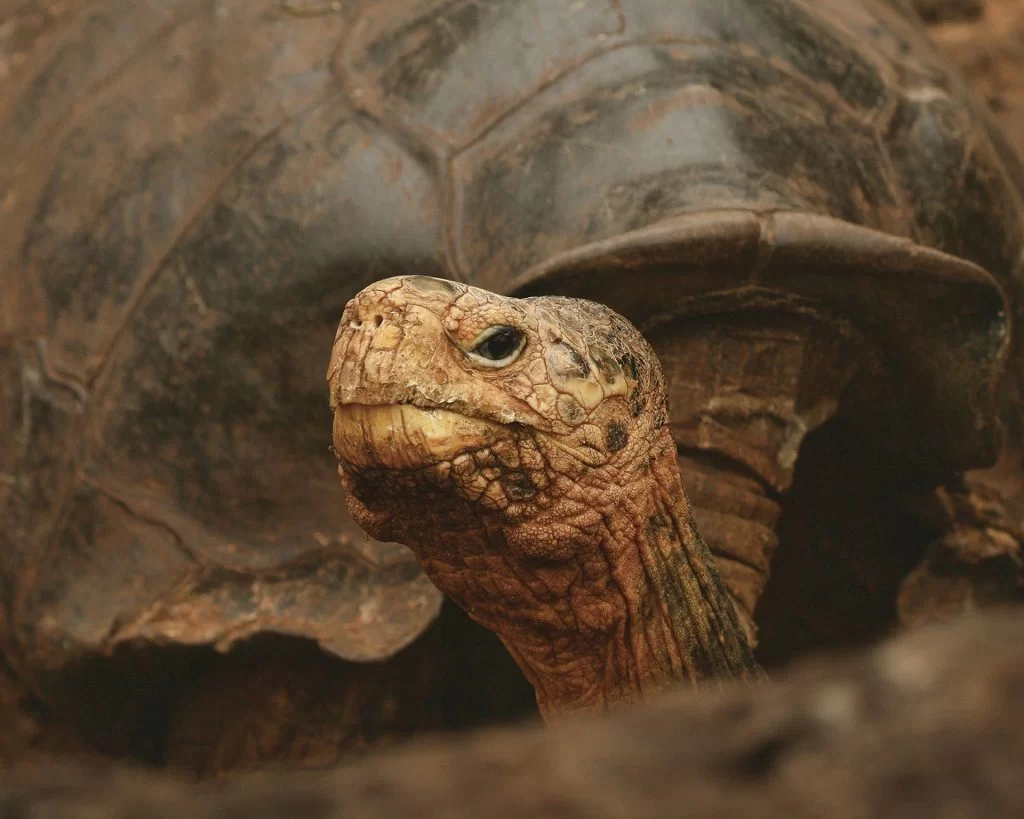
Charles Darwin visited the Galapagos Islands and his discoveries there started a revolution in science.
Charles Darwin's Visit
In 1835, a year long expedition landed on the Galapagos Islands with Charles Darwin aboard the HMS Beagle. This trip was a big deal for science. Darwin saw animals and plants unique to these islands. The Galapagos tortoises and finches caught his attention most.
They were different and made him think hard.
At the time it led him to a huge idea—the theory of evolution by natural selection. Seeing how species change to fit their homes sparked this theory in Darwin’s mind. It changed how we see life forever.
Next, the visit helped inspire “On the Origin of Species” come to life. It also pushed efforts to keep this special place safe for later generations.
Theory of Evolution
Charles Darwin visited the Galapagos Islands and made a big discovery. He saw animals, like finches with different beaks, and realized they changed to survive better in their homes.
This idea helped him come up with the Theory of Evolution by natural selection. It means all creatures adjust over time to fit into their environments better.
Darwin’s work in the Galapagos was key to understanding how life on Earth works. We learned that all creatures are part of a big family tree and change over generations to live better in their surroundings.
His theories help us see we’re part of nature’s big picture, too.
Conservation Efforts
Ecuador’s government officials and the scientific community work hard to protect the Galapagos Islands. Specialized teams study animals and plants and work with Ecuador’s government. Local authorities keep the islands safe by controlling fishing and removing harmful species.
Charles Darwin Research Station
At the Charles Darwin Research Station on Santa Cruz Island, officials protect Galápagos Islands’ unique wildlife. Scientists and volunteers here focus on saving animals and plants. They fix ecosystems damaged over the years.
Our visit showed us how the station teaches people about protecting nature. They heal injured animals and breed endangered ones to live in the wild again. This place combines knowledge with action against threats like invasive species and climate change.
The station aims for long-term health of the islands, keeping them as wild as when pirates first saw them. Each action here helps make sure future generations can enjoy these islands’ special natural gifts.
UNESCO World Heritage Site
In 1978, the Galapagos Islands became a UNESCO World Heritage Site. This honor means we all agree to protect the rare species found here. The site includes land and sea areas around the islands.
It guards many creatures that live only in this place. Our efforts help ensure these animals and plants are here for future visitors to enjoy. We all have a role in preserving this unique spot for more people to see later on.
Threats to the Ecosystem
The Galapagos Islands are a UNESCO World Heritage Site, rich in unique wildlife and plants. Yet, they face big problems. Invasive species come to the islands by ships and other ways.
These new arrivals fight with local animals and plants for food and space. This can hurt the island’s natural way of living.
Fishing too much is also a big issue. Both small boats and big fishing companies take too many fish from the sea around the Galapagos. This doesn’t just hurt fish numbers but also affects all creatures living in the sea.
Warmer waters and changing weather because of climate change make things worse for these islands. We all need to help save this special place by supporting work that protects its animals, plants, and whole environment from these dangers.
Final thoughts about the Archipelago
We have explored the Galapagos Islands many times, some of us have been born on these islands. We have grown up enjoying everything from hiking to snorkeling. Our adventures have shown us how important it is to protect these islands. They must stay amazing for future visitors.
We need to keep telling stories and help conservation work. This will let others enjoy the Galapagos too. Through our stories, we hope to spread wonder and encourage more people to take action.
FAQs
We have explored the Galapagos Islands many times, some of us have been born on these islands. We have grown up enjoying everything from hiking to snorkeling. Our adventures have shown us how important it is to protect these islands. They must stay amazing for future visitors.
We need to keep telling stories and help conservation work. This will let others enjoy the Galapagos too. Through our stories, we hope to spread wonder and encourage more people to take action.
The Galapagos Islands have a rich history, marked by visits from famous explorers like Sir Francis Drake and Charles Darwin. Whaling vessels, including those from Samuel Enderby & Sons, frequented these islands in search of oil sources before kerosene became popular thanks to Abraham Gesner.
Yes, maps highlighting the geologically unique position of the Galapagos as a hot spot in the Pacific are readily available. These maps detail not only the location but also the diverse species found on each island.
Interesting facts include their role in inspiring Herman Melville’s “Moby Dick” and serving as a refuge for marooned sailors like Alexander Selkirk, who inspired Robinson Crusoe. The diversity of species here is so unique that it played a key role in developing Darwin’s theory of natural selection.
Tourists can engage in various activities such as snorkeling with sea lions, sea turtles, cormorants and marine iguanas or exploring areas where commercial fisheries and long-liners do not reach—thanks to conservation efforts led by organizations like IUCN to protect this biodiversity hotspot.
Notable figures include Owen Chase and his harrowing tale that influenced “In The Heart Of The Sea,” Woodes Rogers who rescued Selkirk—the real-life Robinson Crusoe—and Lord Rothschild, who contributed significantly to studying the islands’ unique specimens.
As part of Ecuador, these islands benefit from national efforts to preserve their unparalleled diversity of species through regulations limiting human impact and supporting scientific research aimed at understanding ecological dynamics better.